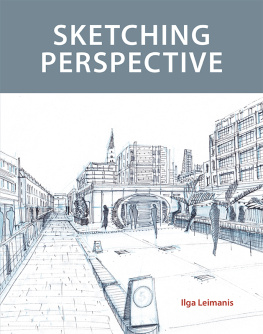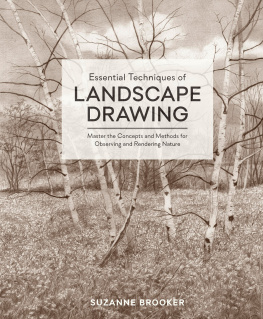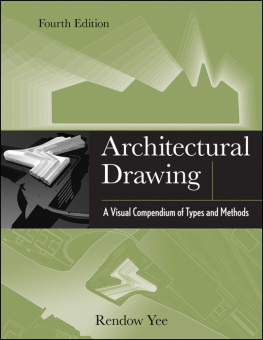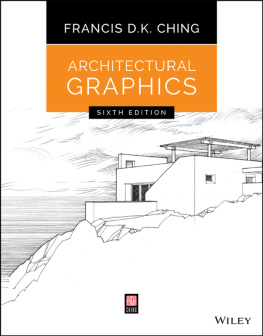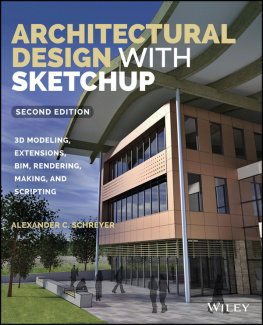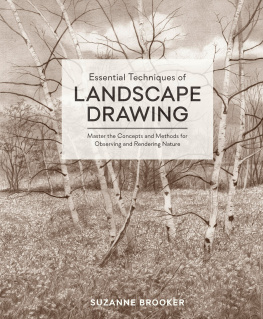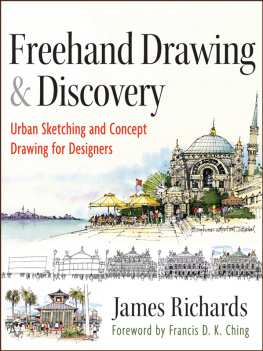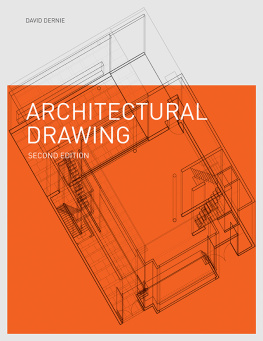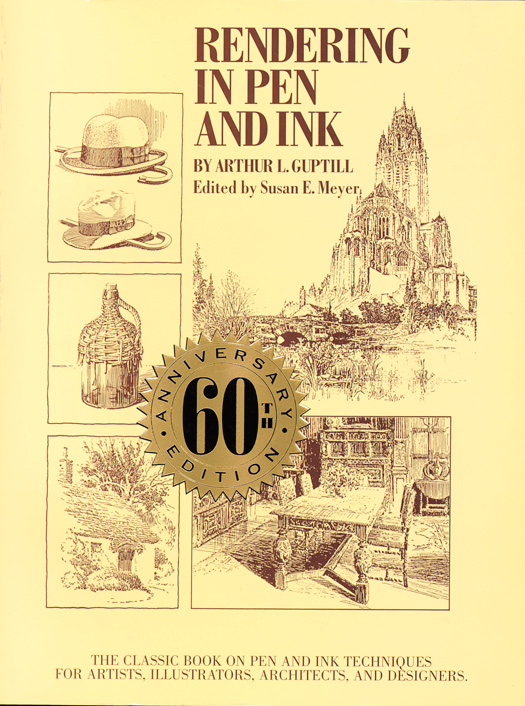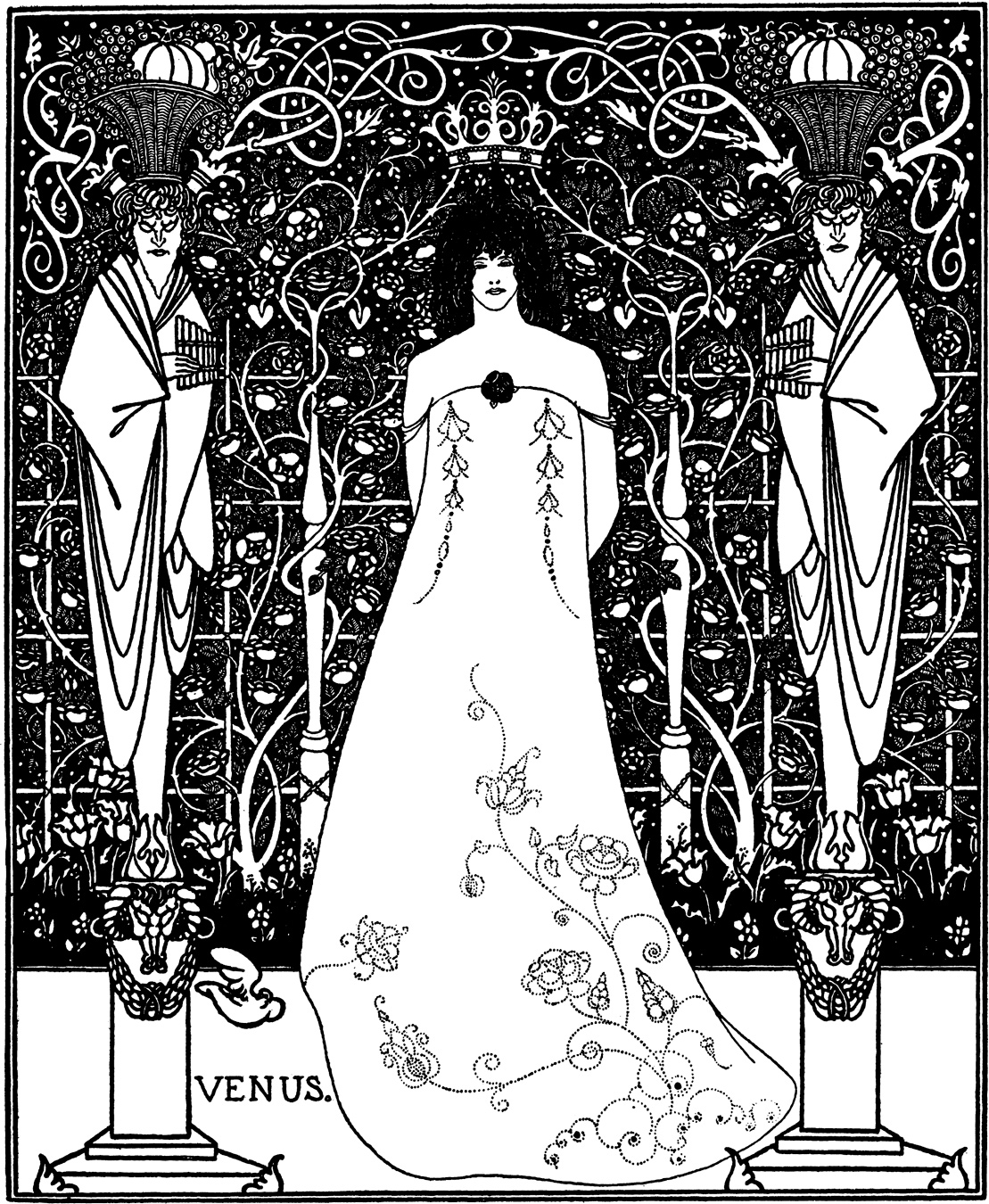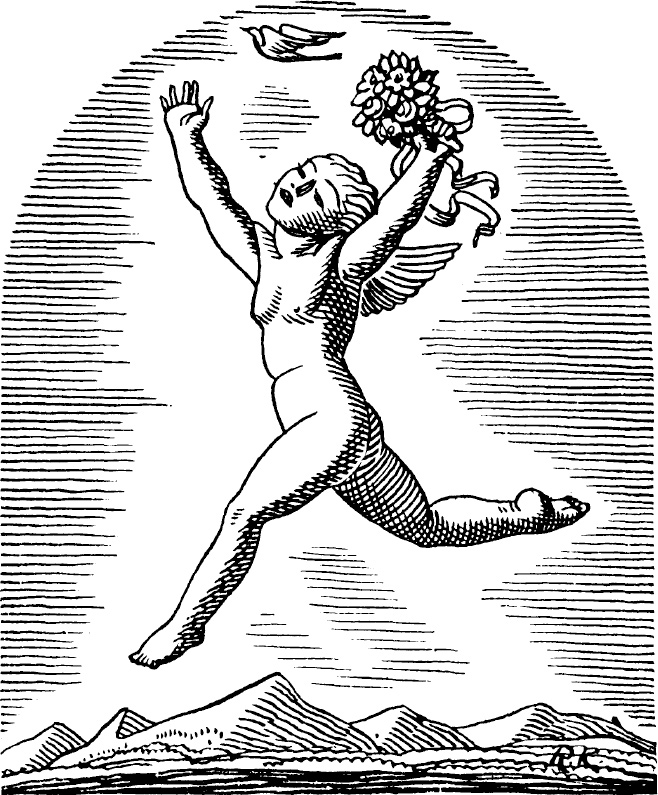RENDERING
IN PEN
AND INK
BY ARTHUR L. GUPTILL
Edited by Susan E. Meyer
WATSON-GUPTILL PUBLICATIONS, NEW YORK
Copyright 1997 by Watson-Guptill Publications
First Published in 1976 in the United States and Canada by Watson-Guptill Publications, an imprint of The Crown Publishing Group, a division of Random House, Inc., New York
www.crownpublishing.com
www.watsonguptill.com
Library of Congress Cataloging in Publication Data
Guptill, Arthur Leighton, 1891-1956.
Rendering in pen and ink. Pbk. Ed.
Includes index.
1. Architectural rendering. I. Title.
NA2780 G86 1976 720.28 76-18759
ISBN 0-8230-4529-3 ISBN-13: 978-0-8230-4529-7
eBook ISBN: 978-0-307-83188-0
Trade Paperback ISBN: 978-0-8230-4529-7
Hardcover ISBN: 978-0-8230-4530-3
All rights reserved.
Edited by Bonnie Silverstein
Designed by James Craig
v3.1
Editors Note
Arthur L. Guptills book on pen and ink has become a classic in its field. No other book has ever provided such an exhaustive treatment of pen and ink and no other artist was so uniquely qualified for the task.
Entitled Drawing with Pen and Ink when it was published in 1930, the early editions of this book have become collectors items, widely sought by architectural renderers, architects, and designers. In recent times, there has been a resurgence of popularity for pen and ink among all groups of artists and designers, a trend that has made it possible, imperative, in fact, to reissue this classic volume by Arthur L. Guptill.
Nearly all of the original book has been retained in this new edition. In particular, virtually all of the drawingsthose by Mr. Guptill as well as those by other artistshave been included in this volume. Although edited for readability, the text has been fairly well preserved in an attempt to remain faithful to the original. Only those portions of the text were eliminated that referred to materials or procedures no longer made or employed. With this exception, however, no information has been altered or updated. No reference is made here to developments of felt tip pens or ballpoints, for example, items that have developed only after Mr. Guptills writing.
As an artist and architectural renderer, as an architect, as a teacher, and as a writer, Arthur L. Guptill possessed unique talents for creating art instruction books. Without being stodgy, he was a systematic thinker, capable of isolating complex principles and investigating them practically and simply so that any art student could comprehend and execute the most difficult problems. Mr. Guptill wrote books on oil painting, watercolor, and pencilas well as pen and inkand illustrated his instruction equally well in all of these media. Yet his favorite medium was pen and ink, perhaps because it was the most difficulttherefore the most challenging. His affection for this medium inspired thousands of students in his book, and I am quite certain that this new edition will continue to follow that distinguished tradition for many years to come.
S USAN E. M EYER
Contents
List of Artists Represented
T. F. Bancroft
Reginald Birch
A. Thornton Bishop
Bob Fink
James Montgomery Flagg
Thomas Fogarty
Bertram Grosvenor Goodhue
Gordon Grant
Sydney R. Jones
Herbert S. Kates
Rockwell Kent
Robert Lockwood
H. Van Buren Magonigle
John R. Neill
Russell Patterson
Ernest Peixotto
Willy Pogany
Richard M. Powers
Louis C. Rosenberg
Verna Salomonsky
Walter D. Teague
Daniel Vierge
Harry C. Wilkinson
Fig. 1. Aubrey Beardsley; Frontispiece for Venus and Tannhauser. Beardsley was a giant in his ability to use highly stylized or decorative treatment to good advantage .
1. Some Introductory Considerations
Rockwell Kent
Pen drawing, as a separate and complete form of pictorial representation, is a phenomenon of comparatively recent date, its greatest development having taken place since the beginning of the last quarter of the 19th century.
This of course does not mean that pen drawing was unknown prior to that time, for such is far from the case. You have only to recall the illuminated manuscripts of the Middle Ages to realize with what skill pen lettering and certain types of decorative design were then done. But in this work the drawing was subordinated in nearly every instance to the lettering itself, or the pen lines in the illuminations were merely outlines or framework for the colored embellishments.
Again, remembering the many pen sketches and studies made centuries ago by some of the most famous of our old masters, you will soon realize that the pen was turned to with great frequency even in their day. Analysis of their pen drawings makes plain, however, that this early work was usually in the form of preliminary studies for paintings or parts of paintings, or was much in the nature of a sort of pictorial shorthand, by means of which facts of interest were vigorously and sometimes, it must be admitted, rather crudely recorded. Apparently no attempt was then made to develop pen drawing as an art by itself; only during the last few decades was this done. Today pen drawings are made not simply as adjuncts of another art or as means to certain ends, but as finished and complete things in themselves (see, for example, ).
Popularity of Pen Drawing
Undoubtedly the invention and gradual improvement of the various processes of photomechanical reproduction, which have provided comparatively cheap and faithful methods for reproducing pen work, have given great impetus to this development. Publishers have been quick to take advantage of these processes and thus have created a demand for drawings in this medium, which artists in turn have hastened to meet.
Pen drawing has received encouragement, too, through the gradual perfection and standardization of the materials usedpens, inks, and papersof all of which an infinite variety may now be obtained easily at reasonable cost, permitting selections suitable for any purpose.
Even with these encouragements, it is doubtful if pen drawing as an art would have advanced so rapidly had some artists not realized that the pen, because of its peculiar qualities, was a medium demanding a far different treatment from that accorded any other.
It may be well to pause here to consider certain fundamental principles which bear on all art workprinciples with which these artists were undoubtedly familiarand to see in what way they are applicable to pen drawing.
Limitations of Other Media
First, remember that each of the fine arts has certain restrictions as a result of which characteristic conventions have been developed. (This thought will be amplified in a moment.) Then too recognize that unless the artist accepts these restrictions and their accompanying conventions, he will be heavily handicapped as far as artistic accomplishment is concerned.


